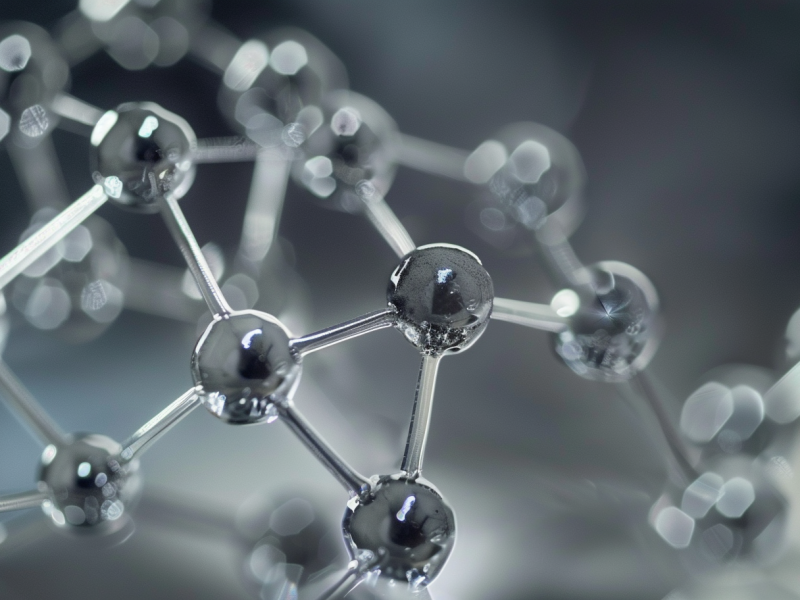
Introduction
Catalysts play an essential role in organic synthesis. They speed up reactions and improve efficiency. Among many catalysts, scandium chloride (ScCl₃) stands out. It is a Lewis acid catalyst known for its high reactivity and selectivity. This article explores how ScCl₃ works as a catalyst in organic synthesis and its typical applications.
What is Scandium Chloride (ScCl₃)?
Scandium chloride is a compound made of scandium and chlorine. It appears as a white or yellowish crystalline powder. ScCl₃ is soluble in water and alcohol. Its solubility makes it easy to use in various reactions. As a Lewis acid, it can accept electron pairs from other molecules. This property helps it catalyze many organic reactions.
How Does ScCl₃ Work as a Catalyst?
ScCl₃ increases the reactivity of molecules. It binds to a molecule and makes it more electrophilic. This makes the molecule more likely to react with a nucleophile. In this way, ScCl₃ lowers the activation energy of the reaction. This speeds up the process and improves yields.
Applications of ScCl₃ in Organic Synthesis
1. Friedel-Crafts Reactions
ScCl₃ is effective in Friedel-Crafts acylation and alkylation. These reactions are essential for adding functional groups to aromatic rings. ScCl₃ helps create products used in perfumes, dyes, and pharmaceuticals. Its high selectivity reduces side reactions, making it an efficient choice.
2. Michael Addition
ScCl₃ is widely used in Michael addition reactions. In these reactions, a carbon-carbon bond forms between two compounds. ScCl₃ ensures high yields and improves reaction speed. These reactions are common in making bioactive compounds and intermediates.
3. Aldol Reactions
ScCl₃ acts as a catalyst in aldol reactions. These reactions form carbon-carbon bonds, creating complex molecules. ScCl₃ works under mild conditions and provides high selectivity. This makes it valuable in synthesizing pharmaceuticals and fine chemicals.
4. Cyclization Reactions
ScCl₃ is used in cyclization reactions to form rings. These reactions are vital in creating natural products and drug molecules. ScCl₃ enhances the reaction’s efficiency and selectivity.
5. Asymmetric Synthesis
ScCl₃ can catalyze asymmetric reactions. It helps produce chiral molecules, which are essential in drugs and fine chemicals. Its high selectivity ensures that the desired chiral product forms in larger amounts.
Advantages of Using ScCl₃ as a Catalyst
High Reactivity
ScCl₃ speeds up reactions and ensures high product yields. It is effective even in small amounts.
Mild Conditions
Many reactions with ScCl₃ occur at room temperature or under mild heating. This reduces energy costs and preserves sensitive compounds.
Wide Applications
ScCl₃ can catalyze many types of reactions. This versatility makes it a valuable tool in research and industry.
Selectivity
ScCl₃ ensures high selectivity in reactions. This reduces side products and simplifies purification.
Environmentally Friendly
ScCl₃ is less toxic compared to some other Lewis acid catalysts. Its stability in water allows it to be used in green solvents.
Challenges and Limitations
Despite its advantages, ScCl₃ has some limitations. It can be expensive compared to other catalysts. In some cases, recovery and reuse require additional steps. Researchers continue to explore ways to overcome these challenges.
Conclusion
Scandium chloride is a powerful catalyst in organic synthesis. Its reactivity, selectivity, and versatility make it a preferred choice for many reactions. While it has limitations, ongoing research may further expand its applications. ScCl₃ remains an essential tool for developing pharmaceuticals, fine chemicals, and advanced materials.
